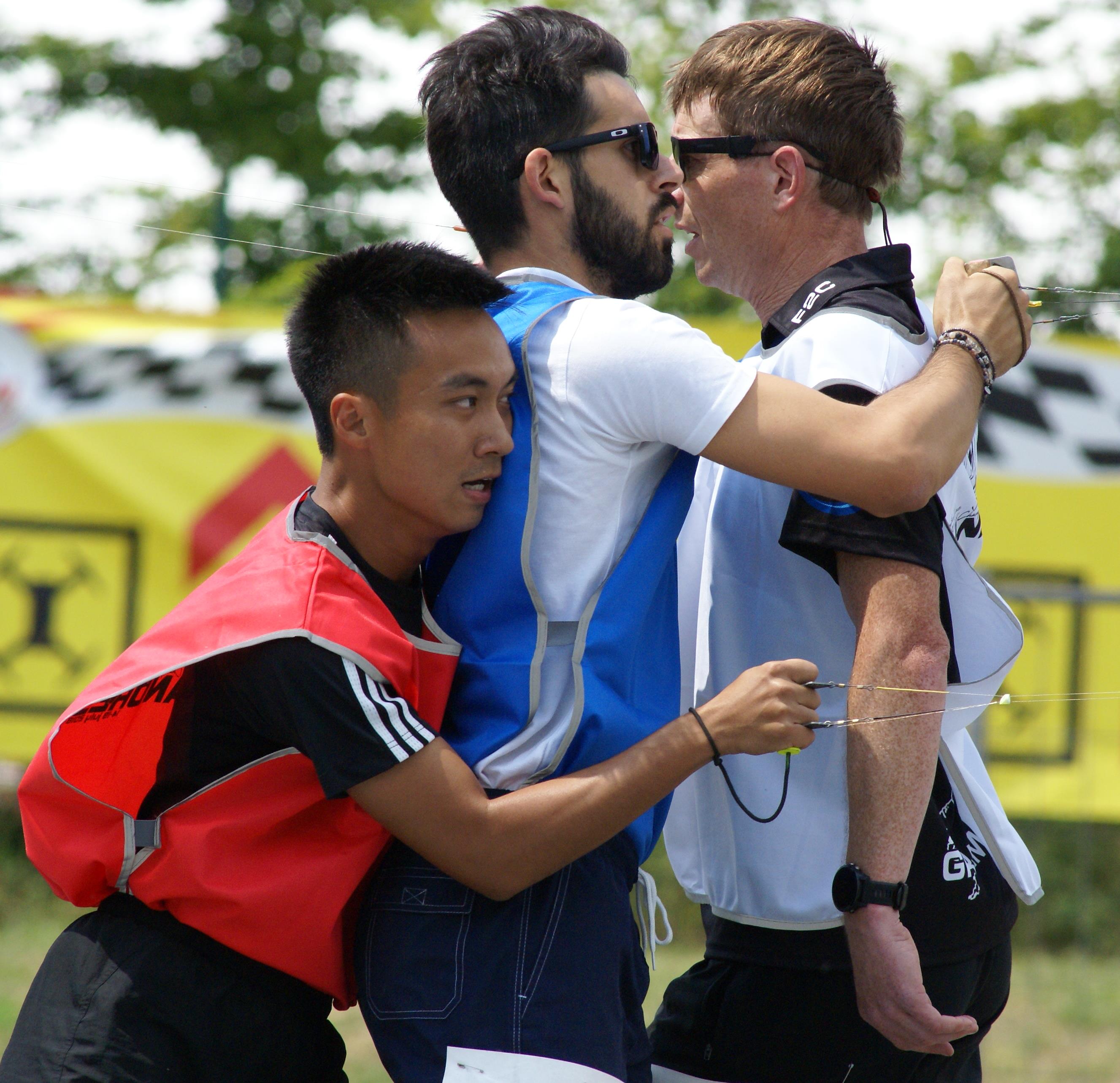The Academy of Aeronautics welcomes the world to the 2024 F2 World Championships for Control Line Model Aircraft
By Paul Gibeault - Media Director for the 2024 F2 World Championships for Control Line Models
The Academy of Model Aeronautics (AMA) welcomes the world to the 2024 F2 World Championships for Control Line Model Aircraft starting today in Muncie Indiana, USA.
The world F2 (Control Line) championships have been going on since 1960, but were last held in the USA in 2004 here in Muncie, Indiana at the International Aeromodeling Center. AMA is very pleased to offer our competitors an upgraded control line facility this year featuring freshly paved flying circles. We are expecting well over 200 competitors from 30 countries competing in four individual disciplines which in the end will ultimately yield four new World Control Line Champions.
Events featured are:
F2A Speed
The rules are quite simple: the maximum engine size is 2.5cc, and models must conform to a fixed surface area loading. All models fly on a fixed line length of 17.7 metres and run on regulation no-nitro fuel. This is similar to the "Top Fuel dragster" class where the airplanes have evolved into a very aerodynamically sleek asymmetric layout. Top speed engines produce over 2.5 HP and are exquisitely tuned to run at over 40,000 RPM, so bring your ear defenders! To make the podium, pilots must be ready to hit speeds of just over 300 km/h.
The current world junior & senior speed champions (Ivan & Alex Valishev) from the USA will be here to defend their titles.
F2B Precision Aerobatics
This event is not unlike ballet; the pilot must fly their model gracefully through a precision sequence of manoeuvres in front of the panel of FAI judges. Each manoeuvre is judged out of 10, then multiplied by a difficulty factor, expressed as K in the manoeuvre descriptions. The aerobatic models are the largest of the control line models and are built and finished to a high standard, like a show model, as many flyers feel it contributes to the entire overall flight pattern presentation.
This is the one class where electric motors are becoming dominant which makes this class the quietest of all to watch.
F2C Team Race
The essence of F2C is speed, with technically advanced models that are tricky to operate and fly. It is very physically demanding for the pilot and a high degree of fitness is required.
These 220 km/h models, have evolved into the half-moon shaped, flying wing layout. Often built with composites, they are very light - 315 grams - for instant acceleration and are powered by very highly tuned (25,000 RPM) 2.5cc racing diesel engines. Diesel engines are used due to the regulation 7cc tank size restriction. Glow engines simply cannot achieve the required range. The pit men in these races are equipped with a sophisticated pressure fuelling device which refills the model's tank in seconds. The fuel blend can be changed from tank to tank during the race. Team race models are flown three up for 100 lap heats. Two refuelling pit stops are permitted and these are amazing sight, performed in mere seconds. It takes both good piloting combined with consistently excellent pit work to make it to the 200-lap final race.
All events are paused to enjoy the 200-lap race final which is often very exciting. Hearing protection is suggested, as three team race models running together on ‘full song’ are loud!
F2D Combat
Arguably the best spectator event, F2D Combat is basically aerial dog-fighting! With 50 entries at the preceding World Cup, the 2024 combat promises to be a very exciting event.
Two pilots, each flying a model aircraft, fly against each other in the same circle in a four-minute bout. Each model tows a particularly coloured paper streamer and each pilot attempts to take cuts from their opponent’s streamer with using their aircraft’s propeller. Combat models have always been of the flying wing layout, but the current models are very highly developed to be both manoeuvrable and rugged. F2D models are powered by high performance: 2.5cc glow motors on regulation fuel, flown on 15.9 metre lines. Fuel shut-offs are now mandatory for safety reasons after a few models were cut off from their lines during combat matches.
Watching these models chasing each other’s streamers at well over 160 km/h is always dramatic. Top competitors must bring a fleet of models with them, because the attrition rate due to crashes and mid-air collisions is high.
All competitors and spectators are most welcome to enjoy our championships at the International Aeromodeling Center. Come enjoy our model aviation museum & souvenir gift shop. The National Museum of the United States Air Force in Dayton and Indianapolis Motor Speedway are also nearby attractions.
See you all soon!

Photo credit: Charlie Johnson

